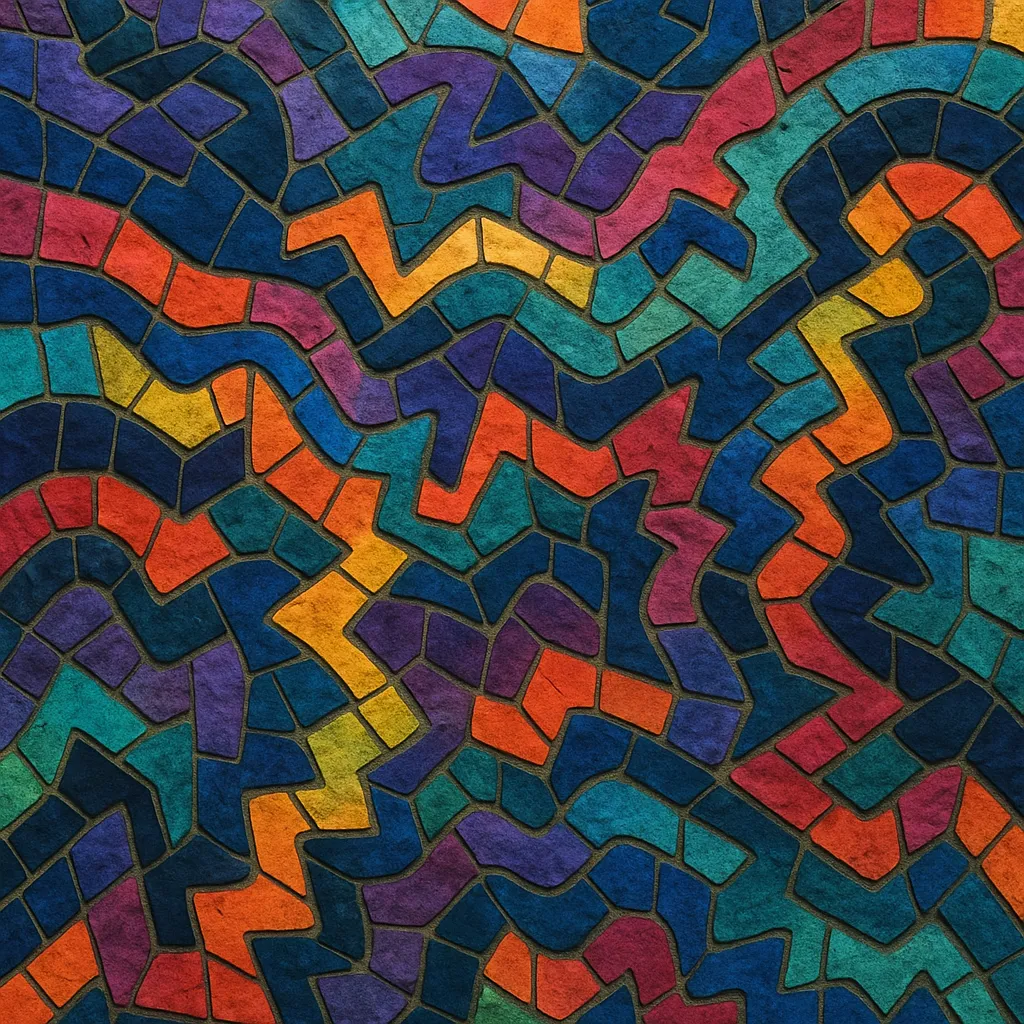Wonky is a lopsided, synth-forward strain of experimental hip hop and UK bass that emerged in the late 2000s. It is defined by off-grid, swaggering drum programming, rubbery sub-bass, and brightly detuned, pitch-bent lead synths that feel as if they wobble in and out of time.
Producers often work around 70–80 BPM (or 140–160 BPM in half-time), using heavy swing, microtiming, and syncopation to create a drunken, stumbling groove. Sonically, it blends the head-nod of instrumental hip hop with the sound design sensibilities of IDM, the sub-weight of dubstep, and the neon melodicism associated with Bristol’s "purple" sound.
The result is music that is both club-ready and headphone-detailed: playful yet moody, maximal in color but minimal in arrangement, and distinctly characterized by elastic rhythms and glossy, detuned synth textures.
Wonky coalesced in the UK (notably Glasgow, London, and Bristol) as producers cross-pollinated instrumental hip hop’s MPC-driven swing with the bass pressure and sound design of dubstep and the rhythmic looseness of broken beat. Early touchpoints appeared on labels and collectives such as Hyperdub, Planet Mu, Warp, Numbers/LuckyMe, and Rwina, while the LA beat scene provided a parallel hub where experimental hip hop and off-grid programming flourished.
The signature “drunken” feel came from deliberate microtiming shifts, heavy swing, and syncopation that made 4/4 grids feel elastic. Bright, detuned, portamento-heavy leads and lush, video‑game‑adjacent timbres set it apart from darker dubstep palettes. In Bristol, this bled into the so‑called "purple" sound (e.g., Joker), emphasizing neon melodic hooks and glossy harmonies.
Artists like Flying Lotus, Rustie, Hudson Mohawke, Joker, Zomby, Ikonika, Starkey, Harmonic 313, and Samiyam helped define the style. Rustie’s “Glass Swords” (2011) showcased wonky’s maximal, candy‑colored synths; Hudson Mohawke’s early EPs and Flying Lotus’s Los Angeles-era work cemented the genre’s rhythmic identity; Joker’s singles codified the purple-tinged melodic strain.
Wonky informed post‑dubstep’s rhythmic freedom, inspired Scotland’s “aquacrunk,” and fed into the rise of future bass and certain strands of trap [EDM] via its bright, hyper-melodic synthesis and half‑time swagger. While the term "wonky" is used less frequently over time, its DNA—microtimed swing, subweight, and neon synth leads—persists in contemporary electronic, beat, and bass music.


